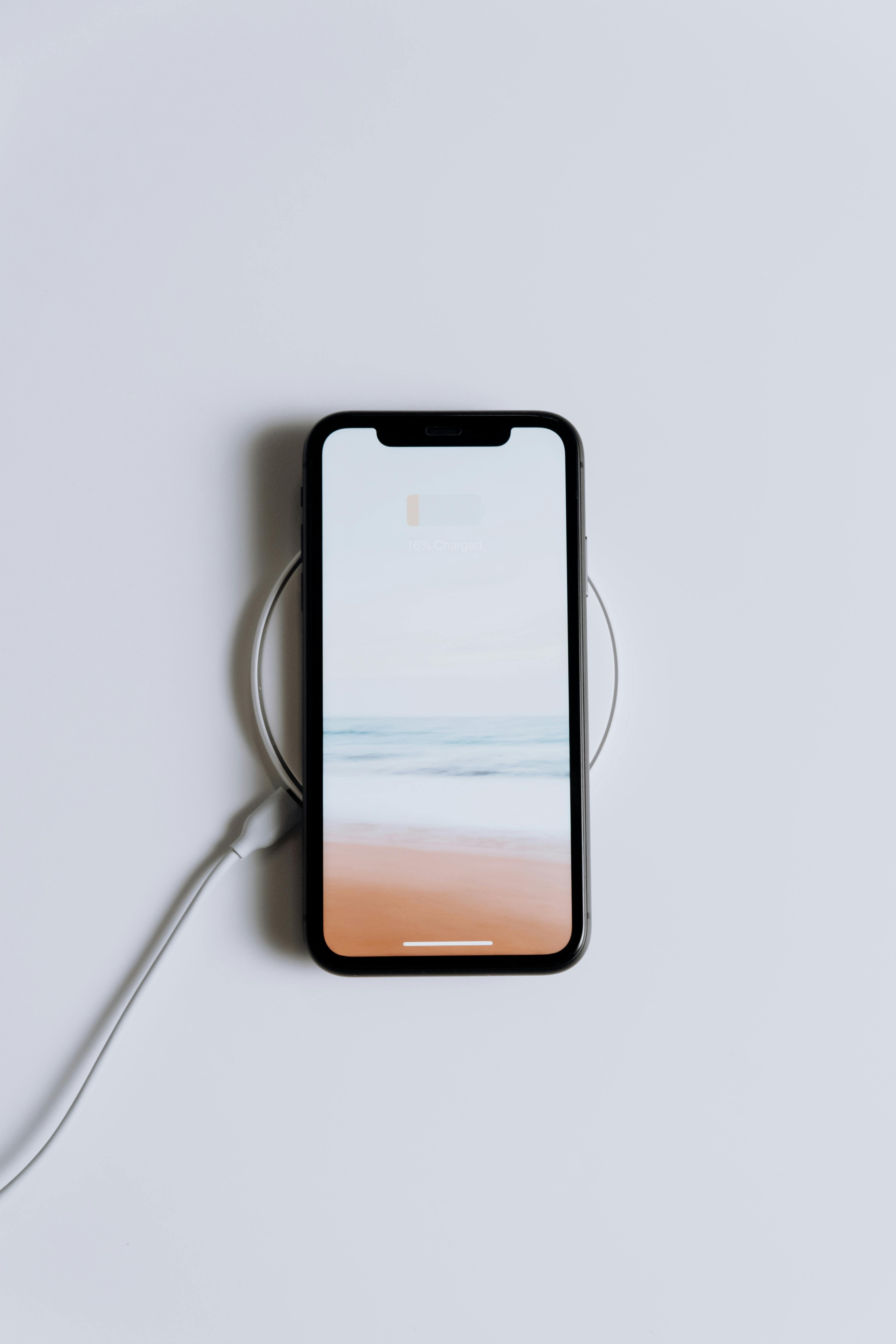Waterproof Phone Pouch: Protection, Use, and Limits
A waterproof phone pouch is a simple, flexible barrier that keeps a phone dry while allowing basic use such as taking photos and carrying the device near water. These pouches are popular for swimming, boating, beach days, and rainy outings where a full waterproof case may be unnecessary. This article explains how they work, what limits to expect, and how to choose and test one safely.

What does waterproof protection mean for a phone?
“Waterproof” can mean different things depending on the product and the standard it follows. Many phone pouches are designed to prevent water entry during short submersion or splashes, but not all have the same level of protection. Some manufacturers test to IPX standards (e.g., IPX7 or IPX8) while others provide no formal rating. For everyday use — keeping a phone dry while on the beach, by a pool, or in light rain — a sealed pouch with a reliable closure is usually sufficient. However, note that pressure, depth, and time underwater increase the risk of leaks.
Can a waterproof pouch protect while swimming?
A waterproof pouch can protect a phone during casual swimming or snorkeling at shallow depths when used correctly, but it’s not equivalent to a purpose-built dive housing. Movement and water pressure can force entry points to fail over time. Salt water, chlorinated pools, and sand can also compromise seals or scratch touch windows. Use pouches with heat-sealed seams and secure closures, and prefer models that include a secondary seal or double-lock system. Keep in mind that phone performance (touchscreen responsiveness, microphone, speaker output) may be reduced through the pouch material.
Waterproof pouch vs waterproof phone case
A pouch and a rigid waterproof phone case address different needs. Pouches are generally universal, flexible, and lightweight — convenient for many phone sizes and easy to store. Rigid waterproof cases (dive housings) often offer higher certified protection, clearer camera ports, and better long-term durability, but they add bulk and may be model-specific. Choose a pouch if portability and compatibility matter most; choose a sealed case if you need deeper submersion protection, clearer optics, and more robust sealing for extended underwater use.
How to test and use a waterproof phone pouch
Before trusting a pouch with your phone, perform a dry test: insert a folded tissue or paper towel instead of your phone, seal the pouch fully, and submerge it in a bowl for several minutes. Inspect for moisture before and after removing it. When using with a phone, check that the touchscreen and camera work through the window; some pouches use clear TPU that allows touch, while others require using physical buttons. Keep the opening away from your body when entering water to reduce pressure-related leaks, and attach the pouch to a lanyard or float so you don’t lose it while swimming.
Care, limits, and safety when using water pouches
Maintain a waterproof pouch by rinsing with fresh water after exposure to salt or chlorine and letting it dry fully before storage. Avoid sharp objects, sunscreen, and sand that can abrade the window. Be cautious about relying on any pouch for underwater photography at depth: camera clarity may be affected and seals can degrade. Do not press the pouch against the lens or microphone if recording sound; audio quality will be limited. If you’re bringing a high-value phone into water frequently, consider a higher-grade case or professional dive housing for consistent protection.
For readers comparing products, here are a few commonly available waterproof pouches and their typical features.
| Product/Service Name | Provider | Key Features | Cost Estimation |
|---|---|---|---|
| Universal Waterproof Phone Pouch | JOTO (commonly sold via major retailers) | Clear TPU window, universal sizing, lanyard included | $7–$15 |
| Dry Bag Style Phone Pouch | Mpow (online retailers) | Roll-top/zip closure, floating option, multiple sizes | $10–$20 |
| OverBoard Waterproof Phone Case | OverBoard | Higher build quality, certified IPX8 claims on some models, robust seal | $20–$40 |
| Dual-Seal Pouch with Float | Generic brands (various marketplaces) | Double-lock seal, floatation, touch-compatible window | $8–$25 |
Prices, rates, or cost estimates mentioned in this article are based on the latest available information but may change over time. Independent research is advised before making financial decisions.
Conclusion
A waterproof phone pouch is a practical and affordable way to protect devices from splashes, rain, and casual submersion during swimming or water-based activities. Understand the pouch’s sealing method and limitations, perform a dry test before use, and choose between a flexible pouch or a rigid case based on how and where you’ll use your phone. Proper care and realistic expectations will help keep your device safe while you enjoy time near water.






